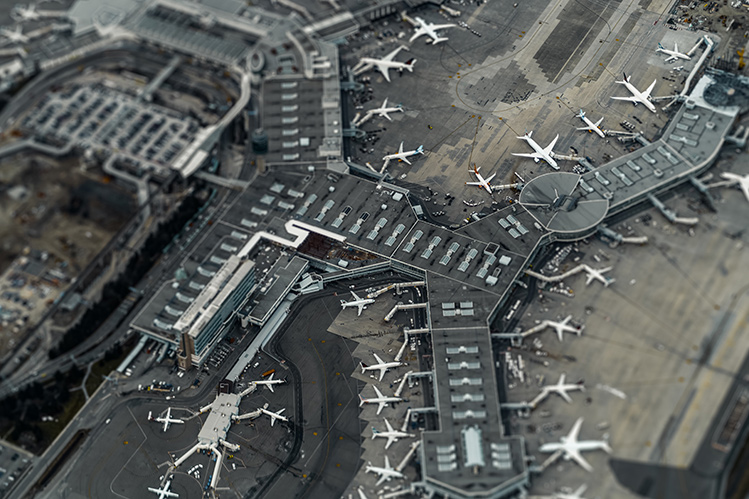By Matt Mills-Brookes, Senior Airport Specialist, Envirosuite, and Peter Rafano, Airport Business Development, Envirosuite.
The aviation industry has experienced a high rate of change in recent years, the continual growth in air traffic resulted in operational noise and emissions concerns from a wide range of stakeholders, highlighted by the Flygskam (flight shaming) campaigns. The resulting infrastructure and airspace change programmes required to deliver that continual growth has reinforced those concerns. Aviation attempts to manage noise has resulted in a disconnect. Noise reduction programmes aimed at offsetting the growth and annoyance have delivered reductions in noise, but at the same time noise annoyance has increased.
In partnership with Frost & Sullivan, Envirosuite published a report on Environmental Intelligence, which highlights key environmental issues for industries including airports. You can read more about the report and download it by clicking here.
The COVID-19 pandemic has only increased our challenge. We now face a world which is increasingly fragmented with localised management, border closures and, at the same time, a world which is becoming increasingly environmentally focused. Not surprising as we have been shown a world where the air can become cleaner within a couple of weeks, and within a similar time-frame the skies quietened to a point at which seeing, let alone hearing an aircraft, is a rare treat.
What happens when we start flying again? Will there be pent-up consumer demand that drives a step-change in overflight? Could that be welcomed as a return to normality or will this be considered to be ‘new noise’, as the pre-COVID baseline has been re-defined after such a prolonged period of reduced aviation activity. Or will we see the emergence of broader public concerns with the potential connection between aviation and direct health concerns through virus spreading?
How could we address this challenge?
We, as an industry, should view this as an opportunity. One in which we reset that pre-pandemic trend and disconnect the increasing community annoyance from our initiatives to reduce noise. Where airspace change is seen as something where environment concerns do not come at the expense of network optimisation. This will require data, analysts, airspace designers and better community engagement.
So again, how could we address this challenge?
Well, we are Envirosuite, a world leader in Environmental Intelligence with over 30 years of first-hand experience in helping the world’s leading airports manage community annoyance. Since the start of the pandemic we have been busy applying that knowledge to the emerging situation, crunching bigdata to identify key trends and opportunities. Through this 5-part newsletter series we aim to share our insights from our efforts along with how we are continuing to tailor our toolsets and capabilities to help aviation build back better.
Based on the Environmental Intelligence report, over 50% have experienced dramatic impacts on their organisation on account of environmental factors over the last three years. How is your organisation affected by this, and does it match with the findings of the report? Find out by clicking here.
Author: Matt Mills-Brookes
Author bio: Matt is an aviation specialist dedicated to solving the strategic problems facing Envirosuite clients. Prior to joining Envirosuite Matt was an air traffic management consultant and Airspace Lead at Gatwick Airport where he led a team which is responsible for the management of the airspace surrounding the world’s busiest single runway airport.
Author: Peter Rafano
Author bio: Pete is an airport specialist with a passion for helping Envirosuite’s clients manage their environmental programmes. Pete spent 17 years managing Heathrow Airport’s existing operational noise programme and actively engaging with internal and stakeholders, the regulator, government, airlines, NATS, EUROCONTROL, and others.










